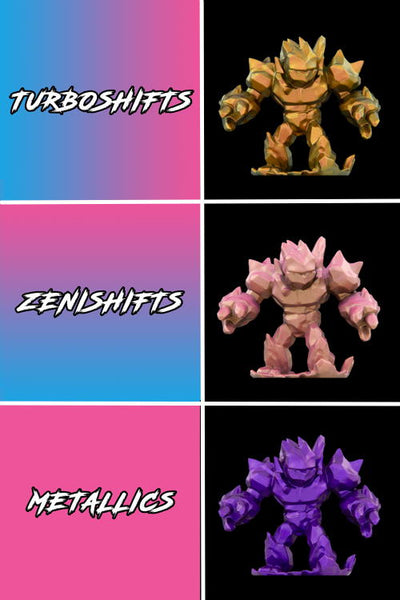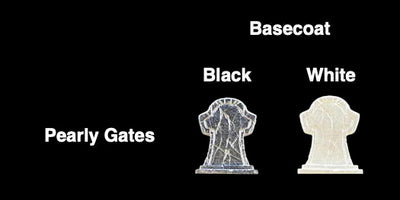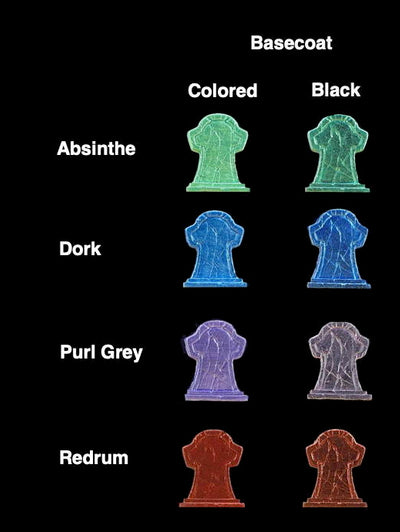Illustrated Guide
A Is For Acrylics

Somewhere Over the Rainbow

Shake, Shake, Shake --- Shake Your Booty

Squirt Gently
Good Clean Fun
To Hand Paint or Not to Hand Paint - That is the Question


Airbrushes and Compressors and Nozzles, Oh My!

The Prime Directive


It's All About the Base









Patience Will Be Rewarded

For Your Protection, Er, Rather Your Model's

It's Just an Illusion


High School Mixer
Turboshift + Turboshift

Turboshift + Metallic

Metallic + Metallic

To Infinity and Beyond





